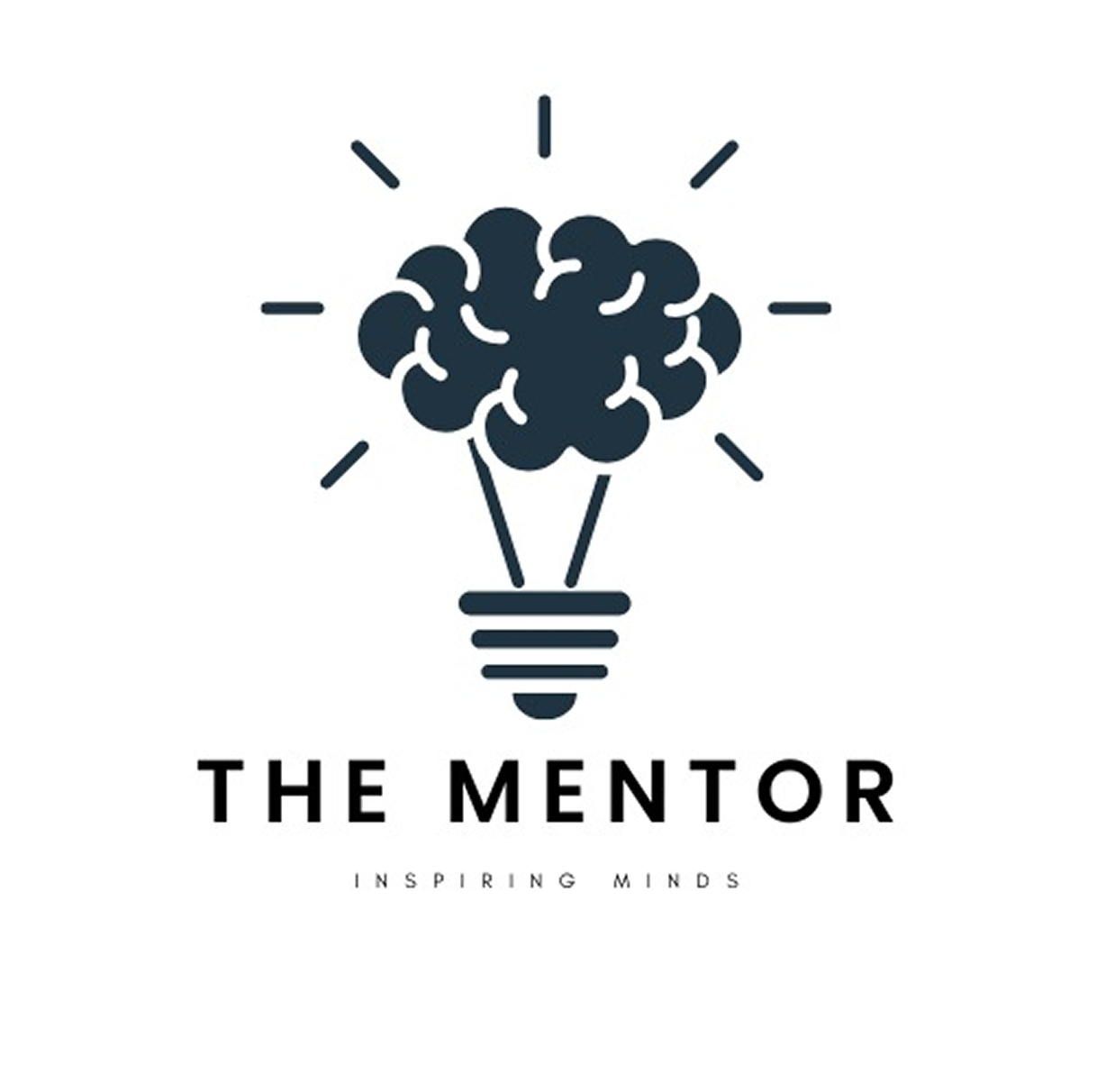Don't Just Sign It—Talk About It: Why You Must Discuss the Report Card with Your Child

Don't Just Sign It—Talk About It: Why You Must Discuss the Report Card with Your Child
Introduction
A report card is more than just grades—it’s an opportunity to connect, reflect, and support your child’s academic journey. What happens after you open it matters far more than the marks themselves. With the right approach, it can be a powerful tool for growth and motivation.
1. A Report Card Is a Conversation Starter, Not a Verdict
Rather than treating it as a final judgment, use the report card as a way to open up dialogue. It’s a moment to listen, understand, and guide your child forward with empathy and support.
2. Schedule a Calm, Focused Meeting
Plan a dedicated time to sit with your child in a calm, distraction-free environment. This shows that school is important, and that you're invested in their learning without turning the meeting into a lecture.
3. Use the Four-Part Conversation Framework
Cover four key areas:
Celebrate strengths to boost confidence.
Identify challenges honestly and without blame.
Explore learning habits and attitudes.
Set clear, achievable S.M.A.R.T. goals to improve performance.
4. Follow Through With Support and Accountability
Growth doesn’t happen in one conversation. Use tools like progress charts, regular check-ins, and encouragement to help your child stay on track. Partner with teachers when needed, and keep communication open.
Conclusion
A report card isn’t the end of the story—it’s a turning point. When parents engage with empathy, structure, and purpose, that simple piece of paper becomes a powerful launchpad for lasting academic success. Don’t just glance at the grades. Sit. Talk. Plan. Grow—together.



